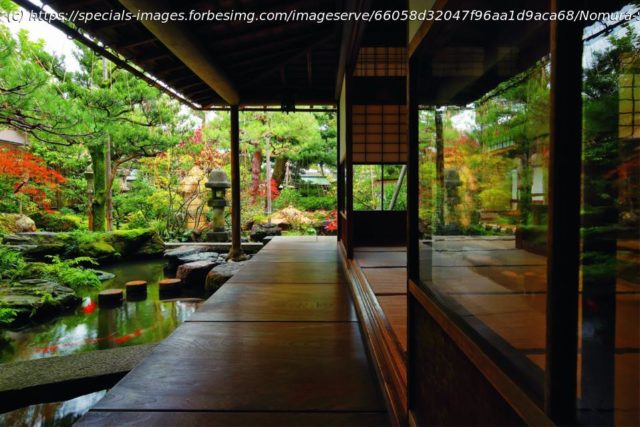Ishikawa Prefecture offers the vibrant geigi culture of Kanazawa, the seafaring city of Kaga, and the mountainous Hakusan region.
On the north coast of Honshu Island, scenically hugging the coastline of the Sea of Japan and just a bullet train ride from Tokyo, Ishikawa Prefecture is a hidden gem amongst the better-known of Japan’s tourist destinations. Ishikawa combines cutting-edge contemporary art and centuries-old crafts, stunning ocean vistas and incredible mountain views, cherry blossoms in spring and ski slopes in winter. Ishikawa is the rugged Noto coastline and the serene Kenrokuen Gardens. It’s relaxing hot springs and traditional Japanese ryokans. It’s the vibrant geigi culture of Kanazawa, the seafaring city of Kaga, and the mountainous Hakusan region. Ishikawa is a rare glimpse at uncompromising beauty and traditions that span centuries.
After COVID-19 travel restrictions ended, Ishikawa saw a steady climb in tourist numbers. However, New Year’s Day 2024 changed all that. A magnitude 7.6 earthquake struck the Noto Peninsula in the northern part of the Ishikawa Prefecture. On a peninsula known for its rugged coastlines, rural views, and agricultural heritage, the quake and its accompanying tsunami caused widespread destruction. Some 232 people lost their lives, and tens of thousands had to evacuate their homes, with the most extensive damage occurring in Ishikawa’s northern Noto Peninsula.
Residents are still reeling from the earthquake’s devastating effects, and many businesses, especially tourism-related ones, have seen a drastic drop in activity. Outside of the damage caused by the quake, businesses across Ishikawa say they’re struggling with tourism drying up. Even businesses in unaffected or minimally impacted areas say they see waves of cancellations. In the region’s capital city and tourist magnet, Kanazawa, 75 miles south of the earthquake’s epicenter, the streets are noticeably less crowded.
Many rural communities in the prefecture rely heavily on tourism to keep their local economies afloat, and the Noto earthquake has seen a ripple of knock-on effects as travelers avoid the region, unaware of what areas they can safely travel to. While months may be needed for certain parts of the Noto Peninsula to reopen to tourism, large areas of Ishikawa remain untouched and open for business. Local businesses, celebrities, and politicians are begging tourists to return. Ishikawa Prefecture governor, Hase Hiroshi, and Kanazawa mayor, Takahasi Murayama, have called tourists to keep their plans and to explore the area’s resilient beauty. They say that now is a good time to visit, as tourism will greatly help recovery efforts. One volunteer tour guide in Kanazawa said, “We’d be happy just seeing visitors. It would revitalize the area.”
While the Noto Peninsula is still off-limits for tourists, areas like Kanazawa and Kaga suffered minimal damage, and most attractions and businesses here and in the southern parts of the prefecture are open.
Home
United States
USA — Japan Rising From The Ashes: Visiting Japan’s Ishikawa Prefecture After The Earthquake






